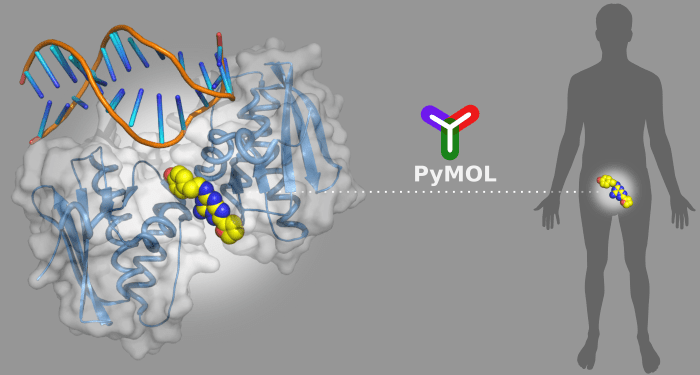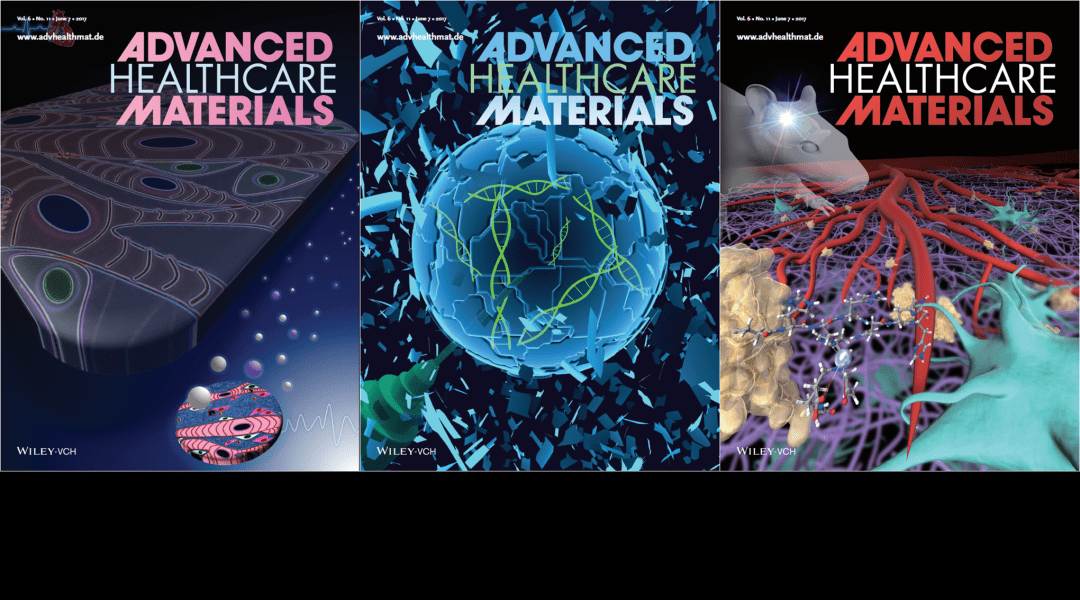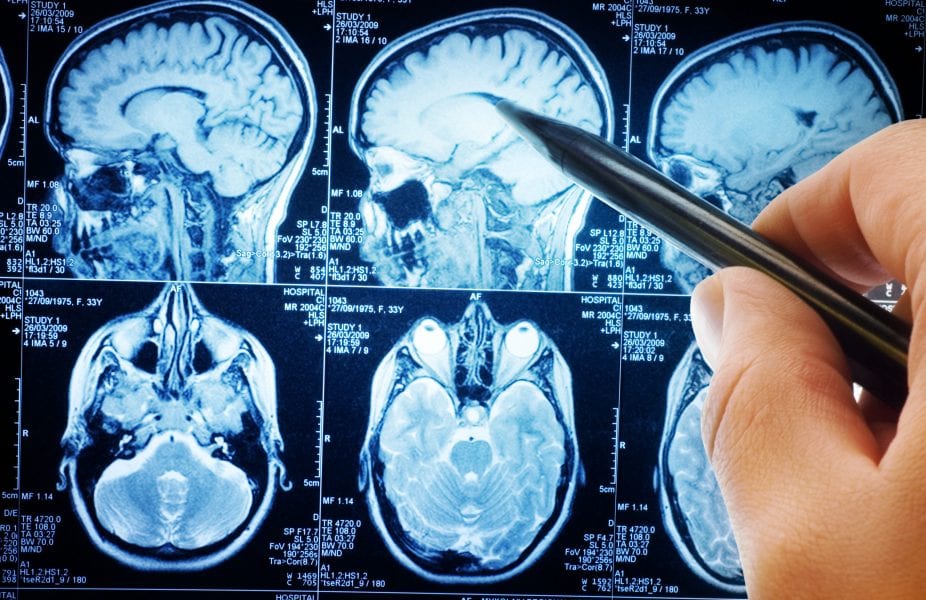Researchers from Nanyang Technological University demonstrate 3D-printed, surface-modified electrodes for effective water splitting.


Researchers from Nanyang Technological University demonstrate 3D-printed, surface-modified electrodes for effective water splitting.

Ingestion of engineered nanomaterials is inevitable due to their addition to food and prevalence in food packaging and domestic products such as toothpaste and sunscreen.

CT imaging enables real-time, non-invasive tracking of therapeutic cells labeled with gold nanoparticles. (Image credit: Africa Studio/Shutterstock)

New apps and software may bring convenience to our daily lives, but their reach also extends to areas like drug discovery research.
Scientists at LMU Munich and FSU Jena have developed organic semiconductor nanosheets, which can easily be removed from a growth substrate and placed on other substrates.

This week’s Advanced Healthcare Materials covers.
Analyzing the crystalinity of thin silicon films has been made easier by using UV Raman spectroscopy. (Image credit: Georgy Shafeev/Shutterstock)

Malignant brain tumors are heterogeneous and invasive, with high morbidity and mortality rates. The main challenge associated in treating such tumors is the presence of the blood-brain barrier (BBB), which actively filters out molecules entering from the blood stream. (Image credit: Triff/Shutterstock)
The tiny energy differences that bring about structural preferences in (In,Ga)Se and (In,Ga)2Se3 semiconductors were studied. (Image credit: Georgy Shafeev/Shutterstock)

Massive online open courses provide a wealth of information about the way large numbers of learners interact with educational platforms and engage with the courses offered.